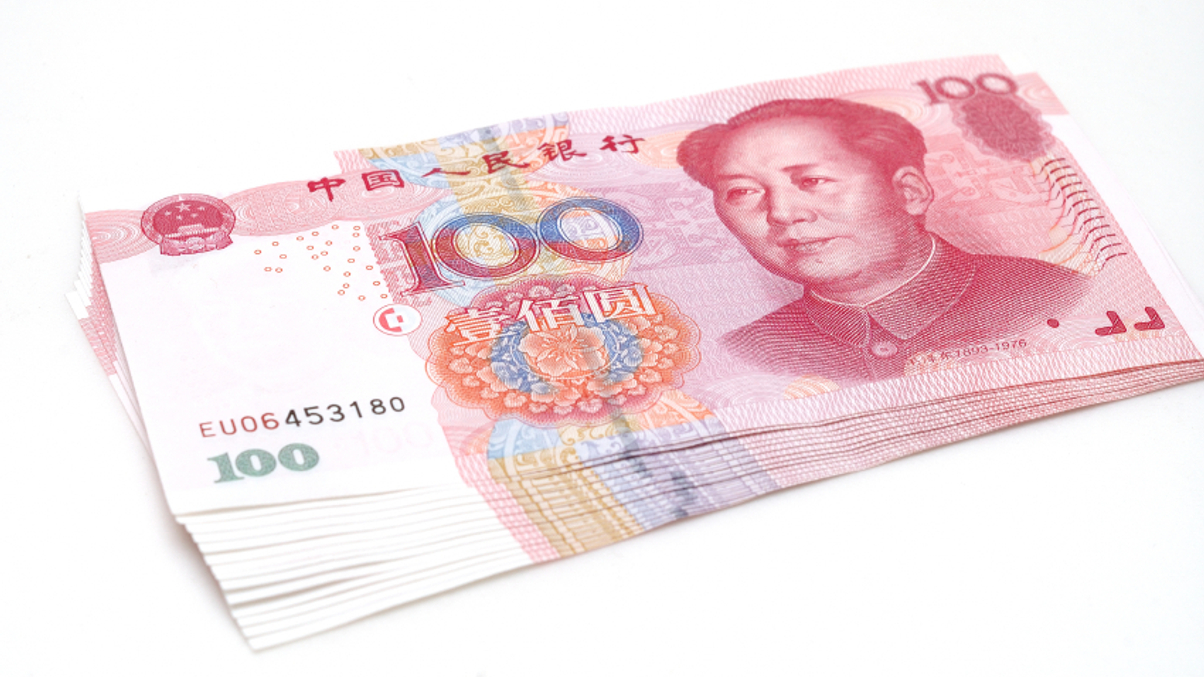Money-market products drive China fund AUM to new peak
Chinese mutual fund assets nearly doubled last year to a record high of Rmb8.4 trillion ($1.3 trillion), driven largely by money-market products, which analysts say have stabilised the industry.

Chinese mutual fund assets saw their biggest rise for eight years in 2015, jumping 85% to hit a new high of Rmb8.4 trillion ($1.3 trillion), according to the Asset Management Association of China (Amac). This was mostly driven by flows into money-market funds (MMFs) in the second half, a trend that analysts expect to continue this year, in light of ongoing market turmoil.
Sign In to Your Account
Access Exclusive AsianInvestor Content!
Please sign in to your subscription to unlock full access to our premium AI resources.
Free Registration & 7-Day Trial
Register now to enjoy a 7-day free trial—no registration fees required. Click the link to get started.
Note: This free trial is a one-time offer.
¬ Haymarket Media Limited. All rights reserved.


